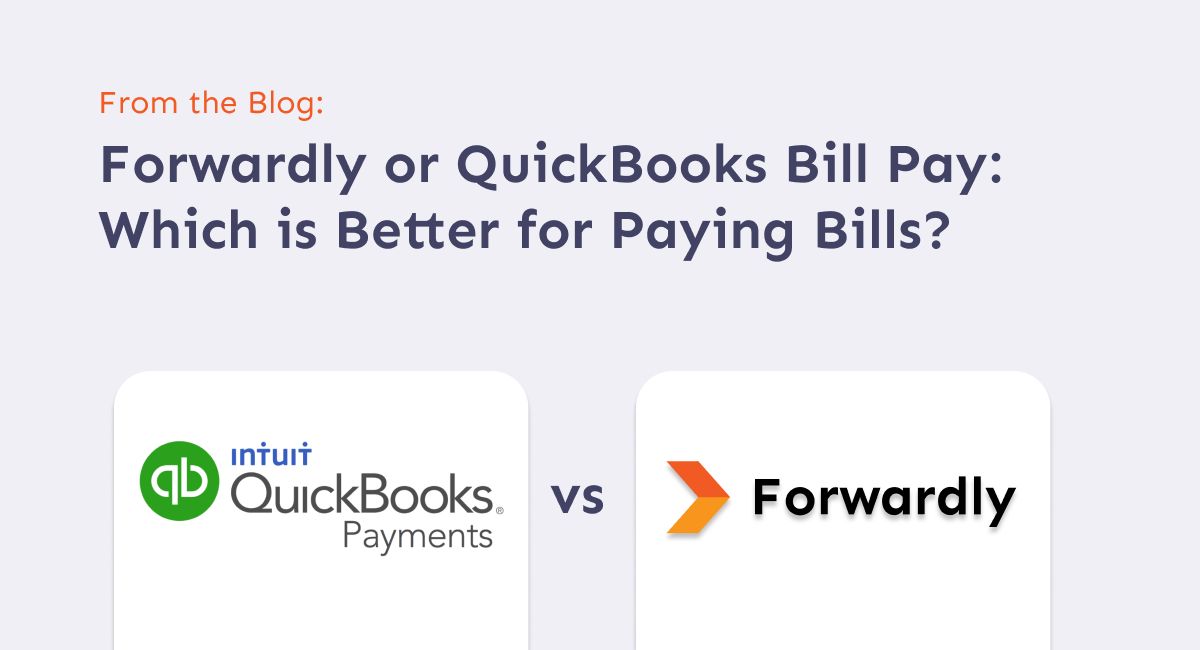If you’re running a business, you probably obsess over two numbers: the cash in your bank and the profit on your books. The trouble is, those two alone never give you the full story. Cash flow steps in as the missing chapter, showing how money really moves in and out of your operation.
Cash-flow analysis shows whether your business can actually afford to keep the lights on, not just look profitable on paper. It also uncovers sneaky leaks, funding gaps, and timing mishaps your P&L (Profit and Loss) politely ignores.
82% of small businesses in the U.S. close because they run out of cash to keep going. It answers the big questions: Can we afford that new hire? Are we leaning too hard on late-paying customers? Will a sales wobble turn into a cash crunch next quarter?
Let’s pop the hood and find out.
What is cash flow analysis?
At its core, cash flow analysis is about understanding how money moves through your business, and what those movements mean for the future.
While your profit and loss shows you what’s been earned and spent, it doesn’t show when the cash actually moves. That’s where cash flow analysis comes in. It’s forward-looking, helping you spot upcoming shortfalls or surpluses before they catch you off guard.
There are two main ways to perform a cash flow analysis. The first is direct method which tracks actual cash inflows and outflows. And the second one is indirect method which starts with net income (from your P&L) and adjusts for non-cash items like depreciation, changes in working capital, etc. Both methods get you to the same goal: understanding whether your business can meet its financial obligations and fund future growth.
The 3 components of cash flow and what they tell you
To get the full picture of your business’s financial health, you need to look at cash flow in three parts. Each one gives you different signals about how your business is operating and where the money is really coming from, or going to.
Operating cash flow
This is the cash generated (or used) by your core business operations, sales, supplier payments, payroll, etc. If this number is negative for too long, you will have a problem. Positive operating business cash flow means your business is self-sustaining without relying on outside funding.
Investing cash flow
This includes cash spent on or received from buying and selling long-term assets like equipment, property, or software systems. It’s normal to see negative cash flow here, especially if you’re investing in growth. Make sure you’re not spending more than what is coming in.
Financing cash flow
This tracks cash from debt or equity, loans, credit lines, issuing shares, or paying dividends. It tells you how you’re funding the business and whether you’re building up or paying down obligations. If you see consistent cash inflows from financing, it might mean your business is heavily reliant on external financing. That’s not always bad, but it’s worth watching.
Together, these three components tell the real story: how efficiently your business runs, whether you’re investing smartly, and how you’re funding operations or expansion.
Early warning signs that your cash flow is off
Cash flow problems rarely hit overnight. Most of the time, they build slowly and show up in small but noticeable ways, if you know where to look. Spotting these signs early can save you from a cash crunch down the line.
Here’s what to watch for:
- You’re constantly waiting for payments.
- You’re dipping into reserves more often.
- Vendor payments are slipping.
- Payroll is stressful.
- You’re relying too much on credit.
- You can’t clearly explain your cash position.
These aren’t just operational hiccups; they’re early indicators that your cash flow strategy needs attention. And the sooner you respond, the fewer tough choices you’ll have to make later.
How to perform smarter cash flow analysis
You don’t need complex tools to get your cash flow under control; you just need the right approach. Here’s how to make your analysis more meaningful and forward focused:
Start with your cash flow statement
Begin with a recent cash flow statement (monthly or quarterly). This gives you the raw data on operating, investing, and financing flows, what’s coming in, what’s going out, and where it’s going.
Adjust net income for non-cash items
If you’re using the indirect method, add back things like depreciation, amortization, and changes in inventory. These don’t affect your actual cash but show up in your P&L, so they can distort reality if left unchecked.
Remove one-offs or outliers
Exclude any unusually large or non-recurring payments (like a one-time grant or equipment purchase) to spot trends more clearly. These don’t reflect the ongoing rhythm of your business.
Compare actuals vs. forecast
Look at the past 3- 6 months and compare what you thought would happen to what actually happened. Are there consistent gaps? Missed assumptions? That’s where your focus should go.
Review your payment terms and timing gaps
If customers are taking 45 days to pay but you’re paying vendors 15, you’re fronting the working capital. Renegotiating terms or offering early pay discounts could help smooth out the gap.
The goal isn’t perfection, it’s visibility. Smarter analysis means you’re not just reacting to cash issues; you’re anticipating them and acting ahead of time.
Avoid these common pitfalls in cash flow analysis
Even seasoned business owners and finance teams fall into traps when analyzing cash flow. These missteps can blur your understanding and lead to bad decisions. Let’s break down the ones to avoid:
- Relying only on net income or your P&L: Profit doesn’t equal cash. You might look great on paper and still struggle to make payrolls. Always go beyond the income statement and check actual cash movement.
- Ignoring seasonality and timing gaps: Many businesses have ups and downs, quarterly sales cycles, holiday spikes, or slow summer months. If your analysis doesn’t account for this, your forecasts will always feel “off.”
- Mixing up operating and investing cash flows: Buying equipment or investing in growth is normal but lumping that spending in with your operating cash can make your day-to-day health look worse than it is. Separate the two for a clearer picture.
- Not modeling multiple scenarios: Best case? Worst case? Something in between? If your forecast is based on just one path, you’re flying blind when reality hits. Build a few versions so your ready no matter what.
- Looking backward instead of forward: Historical data is useful, but don’t stop there. Use it to project what’s ahead. If you’re not forecasting at least 30 – 90 days out, you’re reacting, not planning.
A little extra diligence here goes a long way. Avoiding these mistakes turns cash flow analysis from a checkbox task into a real strategic advantage.
Smarter cash flow means smarter business
Cash flow analysis isn’t just a finance exercise, it’s one of the most powerful tools which helps you spot problems before they happen, make confident decisions, and avoid the kind of surprises that throw plans off track.
If you’re serious about building a healthier, more resilient business, cash flow analysis deserves a regular spot in your workflow, not just during tax season or board meetings.
Forwardly helps you do more than just track your cash. You can track payables and receivables as they move, get a live view of your cash position, and spot cash flow gaps before they become problems.
Start managing cash flow with clarity, not guesswork.
FAQs
Q1. Is cash flow tracking the same as cash flow analysis?
Short answer? No, tracking and analysis are cousins, not twins. Cash-flow tracking is like glancing in a mirror. You peek at your bank balance, note what cash just rolled in or drifted out, and double-check you’ve got enough to pay today’s bills. Handy, but totally about the past.
Cash-flow analysis is peering through the windshield. You spot patterns in those ins and outs, predict potholes before you hit them, and decide whether you can gun it for a new hire or need to slow-roll spending. It’s a future-focused strategy.
Q2. What are the risks of ignoring cash flow analysis?
You might look profitable, but you still run out of cash. Without analysis, you miss warning signs like late payments piling up, expenses ballooning, or seasonal dips sneaking in.
Q3. How often should I do cash flow analysis?
At least monthly, weekly if your business has tight margins or fluctuating income. The goal is to spot trends early, not after a fire has already started.
 Back to Blog
Back to Blog


